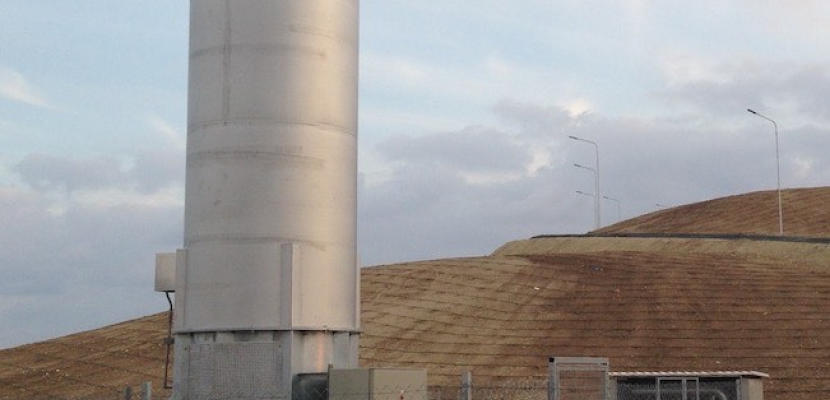Image

Restoration of non-compliant landfill sites in Larnaka District-Tersefanou
Published on 15 December 2019

Cyprus
Kýpros
This is the good practice's implementation level. It can be national, regional or local.
About this good practice
The practical objective of this practice is the restoration of the non-compliant landfill site in Tersefanou (Larnaka District), one of the 10 high risk (Category C non-compliant landfill) landfill sites in Cyprus.
The Tersefanou landfill (LF) Tersefanou (LR08) has an area of 183 000 m2) and a volume of 1.661.650 m3. From 1980 to 2010 municipal waste was disposed there.
The restoration works included the following:
• Collection of scattered lightweight waste and redeposit them on the landfill waste mass.
• Rearrangement of the landfill surface so that the slope of the final upper surface of the restored landfill permits drainage of rainwater.
• Installation of a capping system
• Measures to prevent surface erosion (e.g. green growth).
• Construction works
- to prevent inflow of rainwater from the sides of the landfill.
-for the collection and safe removal of biogas
-for the control and monitoring of the landfill during the aftercare
period (controls for groundwater, biogas, subsidence, etc)
-for leachate emitted from sides or other points
-Measures for fires (e.g. fire zones)
-Setting of the boundaries/ fencing and security.
-Environmental control and monitorong programme during after
care.
The Tersefanou landfill (LF) Tersefanou (LR08) has an area of 183 000 m2) and a volume of 1.661.650 m3. From 1980 to 2010 municipal waste was disposed there.
The restoration works included the following:
• Collection of scattered lightweight waste and redeposit them on the landfill waste mass.
• Rearrangement of the landfill surface so that the slope of the final upper surface of the restored landfill permits drainage of rainwater.
• Installation of a capping system
• Measures to prevent surface erosion (e.g. green growth).
• Construction works
- to prevent inflow of rainwater from the sides of the landfill.
-for the collection and safe removal of biogas
-for the control and monitoring of the landfill during the aftercare
period (controls for groundwater, biogas, subsidence, etc)
-for leachate emitted from sides or other points
-Measures for fires (e.g. fire zones)
-Setting of the boundaries/ fencing and security.
-Environmental control and monitorong programme during after
care.
Expert opinion
The good practice is a very good example of the restoration of a big non-compliant landfill. It is important to study different practices of landfill restoration and rehabilitation as thousands of landfills in Europe will be closed in the next dozens of years and various sealing techniques will be necessary to implement it. This example is typical of a big landfill. It might be of interest to municipalities and landfill operators from Eastern European countries. Interested institutions could further explore the technical aspects of the restoration as well as the financial arrangement within the EU Cohesion Funds.
Resources needed
The approved Project budget for the construction was 4.789.000€, 85% was co-financed by the Cohesion Funds while the rest was financed by the Republic of Cyprus.
Evidence of success
The restoration is considered a good practice due to the resulting positive environmental impacts which include:
• Reduction of the negative effects on air quality from the collection of the produced biogas and its disposal after appropriate treatment.
• Reduction in greenhouse gas emissions .
• Reduction of ground and surface water pollution.
• Reduced risks from the uncontrolled waste disposal, particularly hazardous waste.
• Reduction of land pollution.
• Reduction of fire incidents.
• Reduction of the negative effects on air quality from the collection of the produced biogas and its disposal after appropriate treatment.
• Reduction in greenhouse gas emissions .
• Reduction of ground and surface water pollution.
• Reduced risks from the uncontrolled waste disposal, particularly hazardous waste.
• Reduction of land pollution.
• Reduction of fire incidents.
Potential for learning or transfer
The restoration of the non sanitary landfill has preserved and has improved the quality of the urban environment and has increased the land value of the area. It has also enchanced the social acceptance.
Further information
Website
Good practice owner
You can contact the good practice owner below for more detailed information.
Organisation
Department of Environment, Ministry of Agriculture, Rural Development and Enviro

Cyprus
Kýpros
Contact
Environment Officer